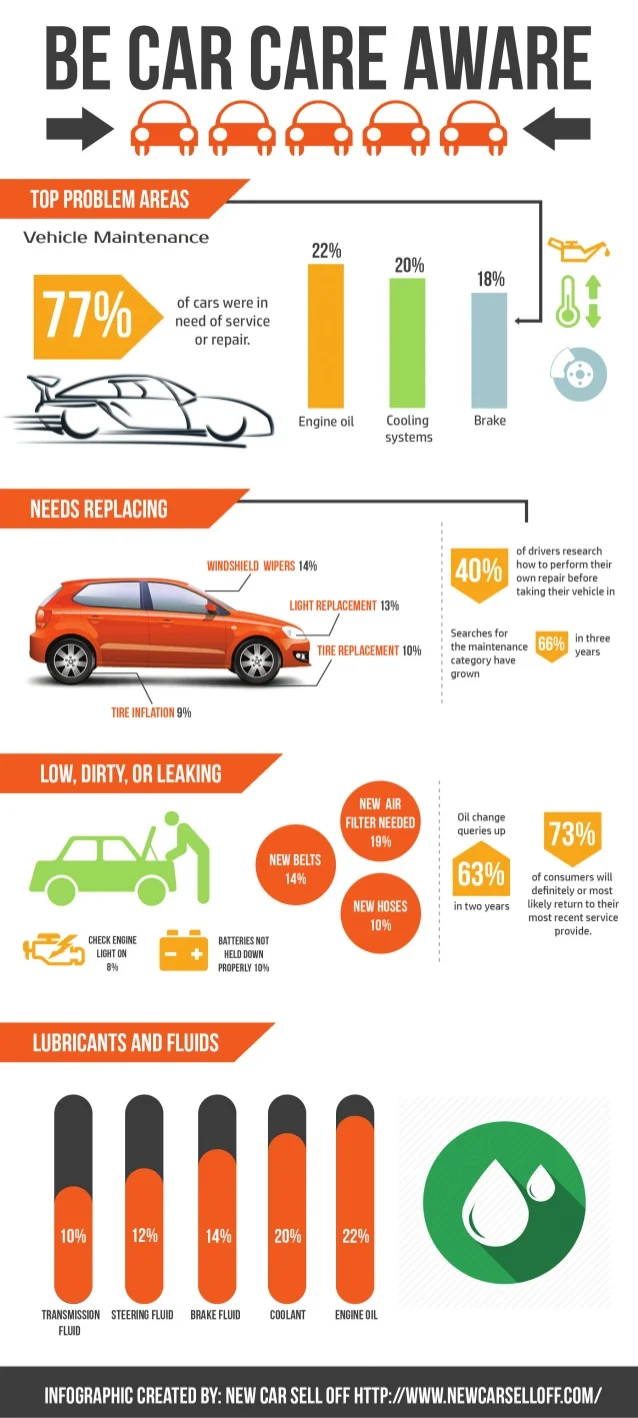Interpreting Your Vehicle'S Alert Lighting: Their True Ramifications
Interpreting Your Vehicle'S Alert Lighting: Their True Ramifications
Blog Article
Post By-Samuelsen Shepherd
When you're behind the wheel, those glowing warning lights on your control panel can be a bit complicated. Do you know what they're trying to tell you about your car's health? Recognizing car grooming products of these lights is important for your safety and security and the durability of your vehicle. So, the following time among those lights pops up, wouldn't you want to analyze its message accurately and take the essential steps to resolve it?
Common Warning Lights and Interpretations
Recognize usual caution lights in your vehicle and comprehend their definitions to ensure safe driving.
The most regular warning lights consist of the check engine light, which signifies issues with the engine or emissions system. If this light begins, it's vital to have your vehicle examined immediately.
The oil stress warning light suggests low oil stress, needing immediate interest to avoid engine damages.
A flashing battery light may suggest a faulty charging system, potentially leaving you stranded if not resolved.
The tire pressure tracking system (TPMS) light alerts you to low tire stress, affecting car security and fuel efficiency. Disregarding this can result in risky driving conditions.
The ABS light indicates a problem with the anti-lock braking system, compromising your capacity to stop quickly in emergencies.
Lastly, the coolant temperature advising light warns of engine getting too hot, which can result in severe damages otherwise dealt with swiftly.
Recognizing these common caution lights will certainly assist you address problems quickly and maintain risk-free driving conditions.
Importance of Prompt Attention
Comprehending the common warning lights in your auto is just the initial step; the significance of immediately dealing with these cautions can't be highlighted enough to guarantee your security on the road.
When a caution light brightens on your dashboard, it's your auto's way of connecting a possible concern that requires attention. Neglecting these warnings can bring about extra extreme problems down the road, jeopardizing your security and possibly costing you much more in repairs.
Motivate focus to cautioning lights can prevent malfunctions and mishaps. As an example, a blinking check engine light might suggest a misfire that, if left ignored, can trigger damages to the catalytic converter. Resolving this quickly can save you from a pricey repair service.
Similarly, a brake system alerting light could indicate low brake liquid or used brake pads, vital components for your security when driving.
Do It Yourself Troubleshooting Tips
If you notice a caution light on your control panel, there are a couple of do it yourself fixing pointers you can try prior to looking for expert assistance.
The first step is to consult your automobile's guidebook to comprehend what the details warning light shows. Sometimes the issue can be as simple as a loosened gas cap activating the check engine light. Tightening up the gas cap may solve the trouble.
Another usual issue is a low battery, which can cause different alerting lights. Inspecting cardetailingaucklandprice for deterioration and ensuring they're protected might take care of the issue.
If a warning light lingers, you can try resetting it by detaching the automobile's battery for a couple of minutes and then reconnecting it. Additionally, checking your vehicle's liquid levels, such as oil, coolant, and brake liquid, can assist fix alerting lights connected to these systems.
Conclusion
In conclusion, recognizing your vehicle's warning lights is important for keeping your car running efficiently and securely. By immediately dealing with these signals and knowing what they mean, you can avoid pricey repair services and potential break downs.
Bear in mind to consult your vehicle's manual for specific information on each advising light and take action as necessary to ensure a trouble-free driving experience.
Remain informed, remain risk-free when traveling!
